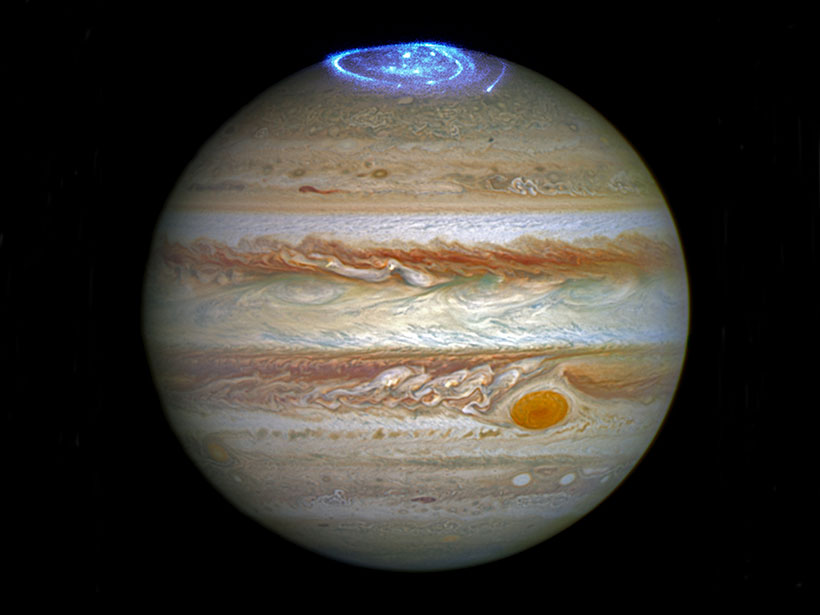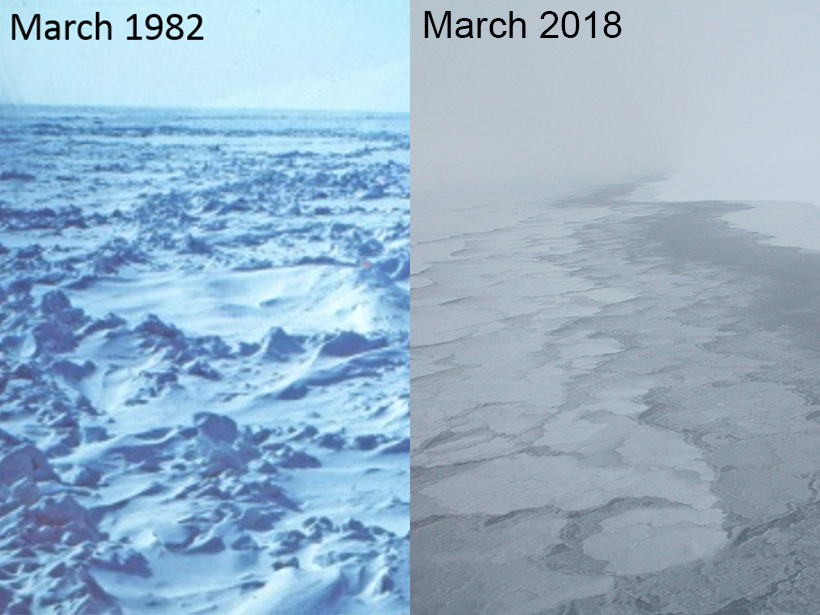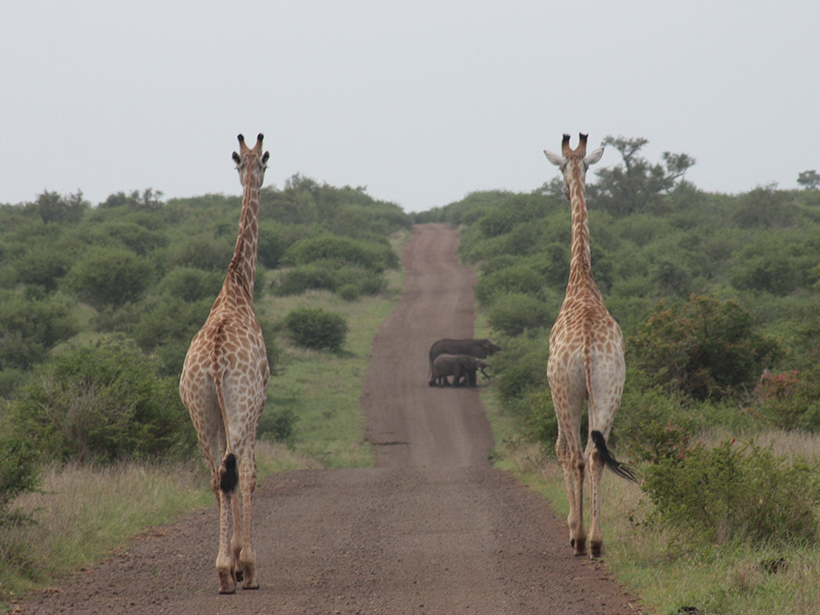New satellite observations of polar stratospheric clouds have advanced our understanding of how, when, and where they form, their composition, and their role in ozone depletion.
poles
Could Low-Altitude Reconnection Power Jupiter’s Polar Aurorae?
Magnetic reconnection events less than 2 Jovian radii above the planet’s cloud tops could explain why Juno has yet to observe a source for Jupiter’s polar aurore.
Virtual Tours Through the Ice Using Everyday Tools
The Byrd Polar and Climate Research Center is training scientists to create immersive virtual field experiences of glaciers, sea ice, and snow.
Arctic Report Card Founder Discusses the Fate of the Pole
Researcher Jackie Richter-Menge has reported on the status of the melting Arctic for the past 15 years. Her observations tell a story of “mind-blowing change.”
Decoding the Age of the Ice at Mars’s North Pole
Exposure to sunlight creates telltale patterns in the polar ice cap that change over time, potentially providing insight into the climatic history of the Red Planet.
Moon May Hold Billions of Tons of Subterranean Ice at Its Poles
By modeling over 4 billion years of the Moon’s impact history, scientists estimate that the lunar poles may harbor billions of metric tons of subsurface ice.
An Extraordinary Winter in the Polar North
An exceptionally strong stratospheric polar vortex coincided with a record-breaking Arctic Oscillation pattern and ozone destruction during the 2019–2020 winter season.
Protected Areas Are Not Safe from Climate Change
A new study showing the most vulnerable protected areas—the poles and the subtropics—could help prioritize their care.
On Thin Ice: Tiger Stripes on Enceladus
Saturn’s moon Enceladus boasts fierce tiger stripes around its south pole, a mystery that has long puzzled scientists. New research explores the stripes by examining how the moon’s ice breaks.
Water Ice Lurks in Young—but Not Too Young—Lunar Craters
Using topographic data, researchers have estimated the ages of water ice–containing craters near the Moon’s poles and ruled out volcanism as being a primary route for water delivery.










